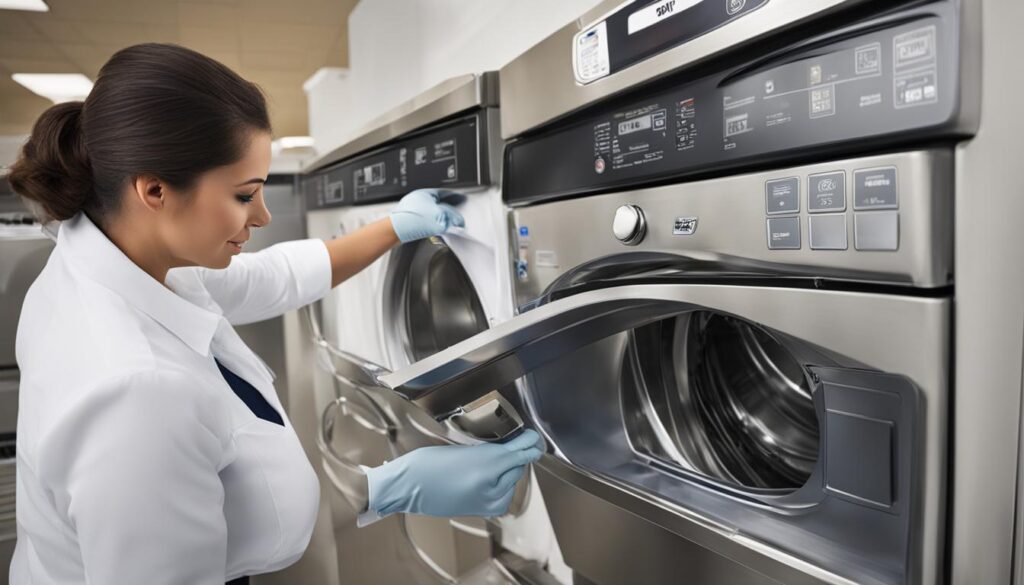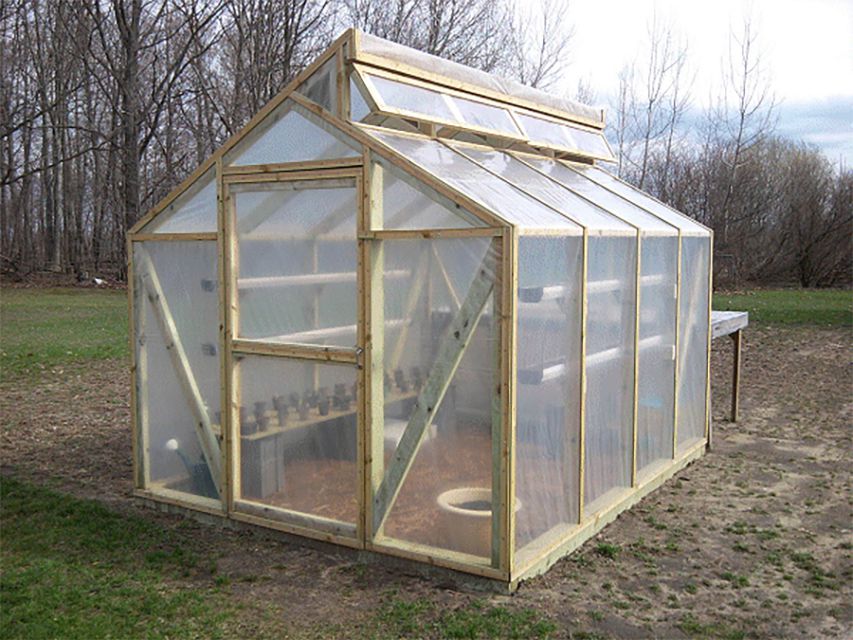DIY Solar Panel Construction: A Complete Guide for Beginners
DIY solar panel construction: a complete guide for beginners
Harness solar energy through homemade solar panels offer an accessible entry point into renewable energy. Create your own solar panels not lonesome reduce electricity costs but likewise provide satisfaction in generate clean power. This guide explores the process of build functional solar panels from scratch with promptly available materials.
Understanding solar panel basics
Before start your DIY solar panel project, understand how solar panels work is essential. Solar panels convert sunlight into electricity through photovoltaic cells make from semiconductor materials, typically silicon. When sunlight hit these cells, it knocks electrons loose, create an electric current.
Components of a DIY solar panel
A complete DIY solar panel system require several key components:
- Solar cells (photovoltaic cells )
- Tab wire
- Bus wire
- Flux pen
- Backing board (typically plywood )
- Eva (ethylene vinyl acetate )film
- Temper glass
- Frame (aluminum )
- Junction box
- Charge controller
- Battery (for storage )
- Inverter (to convert dDCto ac power )
- Solder iron and solder
- Multimeter
Source materials cost efficaciously
Find affordable materials is crucial for making youDIYiy solar panel project economical. Here are some strategies:
Solar cells
Solar cells are the virtually critical component. You can purchase:
- New solar cells from specialized suppliers
- B grade cells (cells with minor cosmetic defects but full functionality )
- Broken cells (which can be cut and use for smaller projects )
Online marketplaces like eBay, Amazon, and specialty renewable energy suppliers offer solar cells at various price points. B grade cells frequently provide the best value, offer near full efficiency at importantly reduce prices.
Other components
For the remain materials:
- Hardware stores carry plywood, glass, and aluminum framing
- Electronic supply stores stock soldering equipment and wiring
- Specialized renewable energy suppliers offer tabbing wire, bus wire, and junction boxes
- Online retailers provide complete DIY solar panel kits with all necessary components
Plan your solar panel
Before purchase materials, determine the specifications of your solar panel:
Power output requirements
Calculate your energy needs by list devices you plan to power and their wattage requirements. For example:
- A small cabin might need 500 1000 watts
- Charge small devices might merely require 50 100 watts
- Power a refrigerator might need 200 400 watts
Panel size and configuration
Standard solar cells typically produce approximately 0.5 volts and 3 4 amps. To will create a 12 volt panel (common for small systems ) yoyou willeed to will wire around 36 cells in series. The physical dimensions depend on:
- Size of individual cells (typically 6″×6 ” r 5″×5 “”
- Space between cells
- Border requirements for frame
A typical 36 cell panel might measure roughly 26″×58″ when aassembled
Step by step solar panel construction
Step 1: prepare your work area
Set up a clean, flat workspace with good lighting. Solar cells are passing fragile, hence careful handling is essential. Have all tools and materials organize and ready before start.
Step 2: test your solar cells
Before assembly, test each solar cell with a multimeter under direct sunlight or bright light to verify functionality. Discard or set aside any cells that show importantly lower voltage or current than expect.
Step 3: plan cell layout
Arrange your cells on the backing board to determine optimal spacing. Mark positions gently in pencil. Typically, cells are arranged in rows with small gaps between them to allow for interconnections and thermal expansion.
Step 4: solder tabbing wire to cells
This is may hap thewell-nighh delicate part of the process:
- Apply flux to the bus bars on the front (negative )side of each cell
- Cut tab wire to length (typically extend almost 1 ” eyond each cell ))
- Place tab wire along the bus bars
- Use a soldering iron at some 350 ° f (175 ° c ) lightly solder the tabbing wire to the bus bars
- Work rapidly to prevent heat damage to the cell
Each cell typically have 2 3 bus bars that need tabbing wire attach.
Step 5: connect cells in series
Create strings of cells by connect them in series:
- Apply flux to the back (positive )contact points of the next cell
- Flip the cell with attach tabbing wire
- Position the tabbing wire from the first cell onto the back contact points of the second cell
- Solder the connection
- Continue this process to form strings of 9 12 cells
Step 6: connect cell strings with bus wire
Once you have multiple strings of cells:
- Position strings on your backing board
- Cut bus wire to connect the end of one string to the beginning of the next
- Solder bus wire to create a complete circuit of all cells
- Ensure positive connects to negative throughout the panel
Step 7: attach junction box
The junction box will house the electrical connections that will exit the panel:
- Position the junction box on the back of the panel
- Drill a small hole through the backing board for wires
- Connect the positive and negative ends of your cell array to the junction box
- Seal around the junction box with silicone sealant
Step 8: encapsulation
To protect the fragile solar cells from moisture and physical damage:
- Cut Eva film to the size of your panel
- Place one layer of Eva under your cell array
- Place another layer of Eva over the cells
- Position temper glass on top
Step 9: frame assembly
Create a frame to hold everything unitedly:
- Cut aluminum frame pieces to size (with 45 ° corners )
- Apply silicone sealant around the edges of the glass
- Attach frame pieces, secure with corner brackets or screws
- Seal all edges with additional silicone to ensure waterproofing
Step 10: final testing
Before installation, test your complete panel:
- Connect a multimeter to the output terminals
- Place the panel in direct sunlight
- Measure voltage and current
- Calculate wattage (volts × amps )
A decent construct 36 cell panel should produce roughly 18 volts in open circuit and 12 14 volts under load.
Mounting and installation
Choose a location
For optimal performance, solar panels require:
- Southern exposure (in the nNorthern Hemisphere)
- No shading during peak sun hours (10am 2pm )
- Proper angle (typically equal to your latitude )
- Secure mount to withstand wind and weather
Mounting options
Common mount approaches include:
- Roof mounts: Attach straight to roof rafters with specialized brackets
- Ground mounts: Poles or frames secure in concrete footings
- Adjustable mounts: Systems that allow angle changes with seasons
- Tracking mounts: Advanced systems that follow the sun’s path
Connect to a charge controller
To prevent battery damage from overcharging:
- Connect the positive and negative wires from your panel to the corresponding terminals on a charge controller
- Connect the charge controller to your battery bank
- Ensure proper wire sizing base on current and distance
- Use weatherproof connections for outdoor wiring
Complete system components
A functional solar power system require additional components beyond the panel itself:
Batteries
For energy storage, consider:
- Lead acid batteries: Affordable but heavier and poor live
- AGM batteries: Maintenance free with better performance
- Lithium-ion batteries: Lightweight with long lifespan but more expensive
Battery capacity is measure in amp hours (ah ) For a basic system, 100 200ah provide reasonable storage.
Inverters
To convert DC power from batteries to ac power for household appliances:
- Modify sine wave inverters: Less expensive but may not work with sensitive electronics
- Pure sine wave inverters: More expensive but compatible with all devices
Will size your inverter will base on the maximum wattage you will need simultaneously.
Wiring and safety
Proper wiring is crucial for safety and efficiency:

Source: mymydiy.com
- Use fitly sized wire base on current and distance
- Install fuses or circuit breakers on positive lines
- Use weatherproof junction boxes for outdoor connections
- Consider lightning protection for roof mount systems
Maintenance and troubleshooting
Regular maintenance
To keep your DIY solar panel perform optimally:
- Clean the glass surface monthly with water and mild soap
- Check for loose connections quarterly
- Inspect for water ingress after heavy storms
- Measure voltage output seasonally to track performance
Common problems and solutions
Troubleshoot issues with these approaches:
- Low voltage output: Check for dirt, shading, or cell damage
- No output: Inspect for broken connections or junction box issues
- Decline performance: Look for delamination or moisture intrusion
- Visible damage: Replace damage cells or reseal as need
Scale up your system
As you gain experience, consider expand your solar capacity:
Add panels
Multiple panels can be connected:
- Series connection: Increases voltage (add volts )
- Parallel connection: Increases current (add amps )
- Series parallel: Combine both approaches for larger systems
Upgrade components
As your system grow, consider upgrading:

Source: appropedia.org
- Larger capacity charge controllers (30a, 40a, or 60a )
- More sophisticated battery management systems
- Hybrid inverters that can work with the grid
- Monitor systems to track performance
Cost analysis and ROI
Understand the economics of your DIY solar project:
Typical costs
A 100 watt DIY solar panel might cost:
- Solar cells: $50 100
- Tabbing and bus wire: $10 20
- Backing and encapsulation: $30 50
- Frame and glass: $40 70
- Junction box and miscellaneous: $20 30
Total: $150 270 per 100 watt panel ((ompare to $ $10050 for commercial panels ) )
Return on investment
While commercial panels may cost less per watt, DIY panels offer:
- Educational value and skill development
- Customization for specific applications
- Ability to repair and maintain severally
- Satisfaction of self-sufficiency
Most DIY solar systems pay for themselves in reduce electricity costs within 3 7 years, depend on local electricity rates and available sunlight.
Conclusion
Build your own solar panels provide a hands-on introduction to renewable energy technology. While the process require patience and attention to detail, the satisfaction of generate your own electricity from sunlight make the effort worthwhile. Start with a small system to gain experience, so expand as your confidence and skills grow.
With proper construction techniques and regular maintenance, homemade solar panels can provide reliable power for many years. Whether you’re look to reduce your carbon footprint, save on utility bills, or just enjoy the challenge of a meaningful DIY project, create your own solar panels offer tangible rewards and a deeper understanding of sustainable energy production.
MORE FROM hotondeals.com













